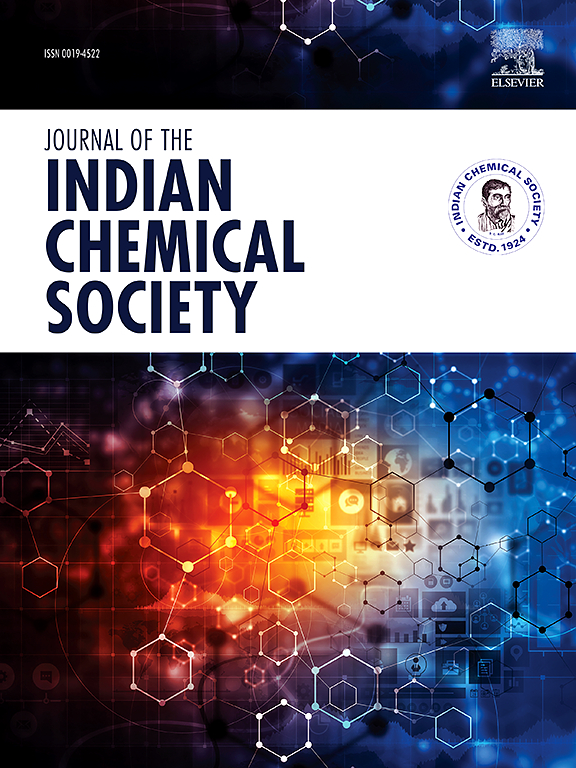用变压吸附装置回收和生产生物乙醇:容错MPC控制的故障补偿和干扰抑制
IF 3.2
4区 化学
Q2 CHEMISTRY, MULTIDISCIPLINARY
引用次数: 0
摘要
生物乙醇是从馏分物或分离存在于各种有机原料(谷物或高糖含量的作物,如甜菜)中的碳水化合物或化合物的过程中获得的;这些可以是第三代,以避免影响粮食主权。这种从甘蔗渣中提取的生物燃料比化石燃料的排放量少70%。然而,获得这种生物燃料需要先进的技术过程。可用于实现这一目标的先进工艺是变压吸附(PSA)法。这项工作的重点是生产生物乙醇用作燃料或氧化添加剂,符合国际纯度标准。这项工作旨在实现鲁棒控制器,可以保持所需的纯度稳定(高于99% wt的乙醇),减弱进料中的干扰,并减少操作阀故障的影响。这些控制器产生的生产率为59.09至59.20 kmol,生物乙醇回收率为73.62%至73.79%,能源效率为60.10%至60.30%。这些结果意味着复合干扰的衰减和供应阀中多个故障的影响的减少,以及轨迹变化,以实现99.60% wt的乙醇纯度。本文章由计算机程序翻译,如有差异,请以英文原文为准。

Bioethanol recovery and production using a pressure swing adsorption plant: Fault compensation and disturbance rejection by Fault-Tolerant MPC control
Bioethanol is obtained from distillates or processes for separating carbohydrates or compounds present in various organic raw materials (cereals or crops with high sugar content, such as beets); these can be third-generation to avoid affecting food sovereignty. This biofuel obtained from sugarcane bagasse represents 70% fewer emissions than fossil fuels. However, obtaining this biofuel requires advanced technological processes. An advanced process that can be used for this goal is the Pressure Swing Adsorption (PSA) method. This work focuses on producing bioethanol used as a fuel or oxygenating additive, complying with international purity criteria. This work aims to implement robust controllers that can keep the desired purity stable (above 99% wt of ethanol), attenuate disturbances in the feeding, and reduce the effect of faults in the operational valves. The productivity generated by these controllers goes from 59.09 to 59.20 kmol with a bioethanol recovery of 73.62% to 73.79%, using an energy efficiency of 60.10% to 60.30%. These results imply the attenuation of combined disturbances and the reduction of the effect of multiple faults in the supply valve, as well as trajectory changes to achieve a purity of 99.60% wt of ethanol.
求助全文
通过发布文献求助,成功后即可免费获取论文全文。
去求助
来源期刊
CiteScore
3.50
自引率
7.70%
发文量
492
审稿时长
3-8 weeks
期刊介绍:
The Journal of the Indian Chemical Society publishes original, fundamental, theorical, experimental research work of highest quality in all areas of chemistry, biochemistry, medicinal chemistry, electrochemistry, agrochemistry, chemical engineering and technology, food chemistry, environmental chemistry, etc.

 求助内容:
求助内容: 应助结果提醒方式:
应助结果提醒方式:


